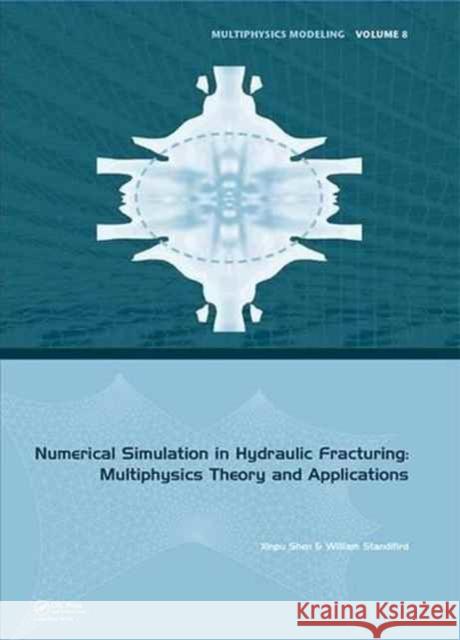Numerical Simulation in Hydraulic Fracturing: Multiphysics Theory and Applications » książka
Numerical Simulation in Hydraulic Fracturing: Multiphysics Theory and Applications
ISBN-13: 9781138029620 / Angielski / Twarda / 2017 / 168 str.
Numerical Simulation in Hydraulic Fracturing: Multiphysics Theory and Applications
ISBN-13: 9781138029620 / Angielski / Twarda / 2017 / 168 str.
(netto: 763,37 VAT: 5%)
Najniższa cena z 30 dni: 755,61
ok. 22 dni roboczych
Dostawa w 2026 r.
Darmowa dostawa!
Hydraulic fracturing is a powerful common technique used to improve the intrinsic permeability of porous rocks in different types of productive reservoirs. It is not only used in development of shale gas, tight oil, and coal bed methane resources, but also in development of geothermal resources etc.
This book presents 3D numerical solutions to the following problems of which hydraulic fracturing is a major content: Optimized value of stage-interval for multistage fracturing and optimized value of well spacing for a pair of zipper-frac wells;
Wellbore trajectory optimization for drilling in naturally fractured shale formation;
Integrated 3-dimensional numerical simulation on Cutting Reinjection (CRI): fracturing, fault reactivation, and seismicity;
Widened mud weight window (MWW) for drilling through naturally fractured reservoirs;
Stress orientation analysis related to pressure depletion and production enhancement measures;
Value of upper-bound of injection pressure window with casing integrity for fracturing shale gas formations. Continuum damage mechanics is one of the theoretical tools used for the 3D description of the initiation and propagation of fractures, both for natural fractures and for fractures induced by hydraulic injection. Consequently, it is a real-3D tool, as compared to those models that use 3D-planar fractures. Cohesive element is also used to simulate the CRI process and to investigate the widened MWW.
This book can be used as a reference textbook to petroleum, geotechnical and geothermal engineers, to senior undergraduate, graduate and postgraduate students, and to geologists, hydrogeologists, geophysicists and applied mathematicians working in this field. This book is also a synthetic compendium of both the fundamentals and some of the most advanced aspects of hydraulic fracturing technology."











